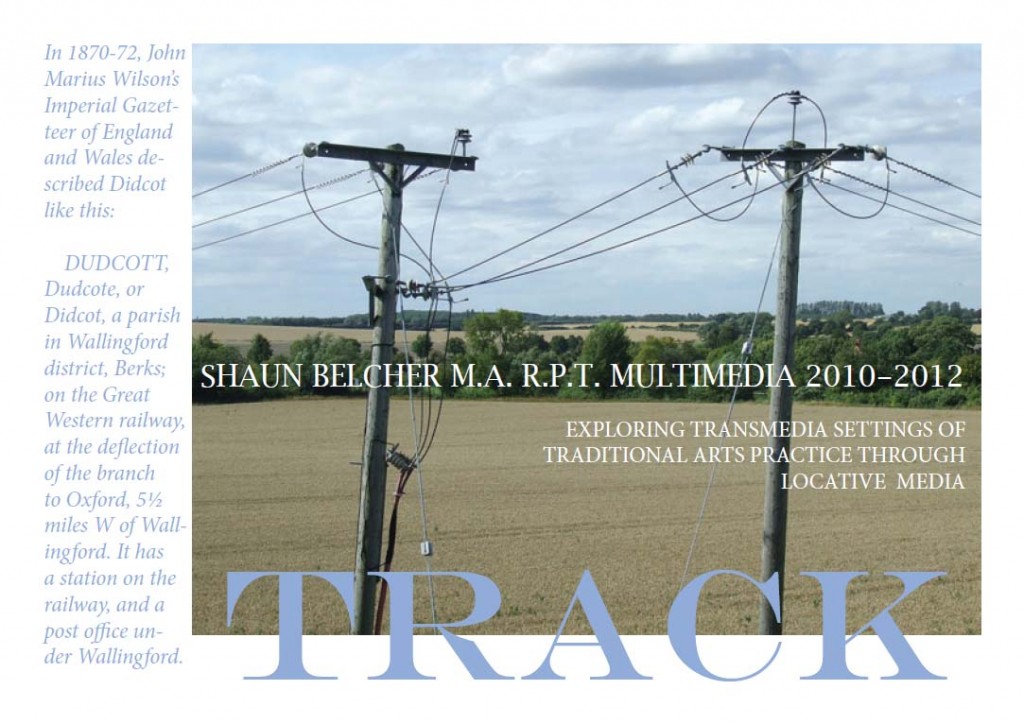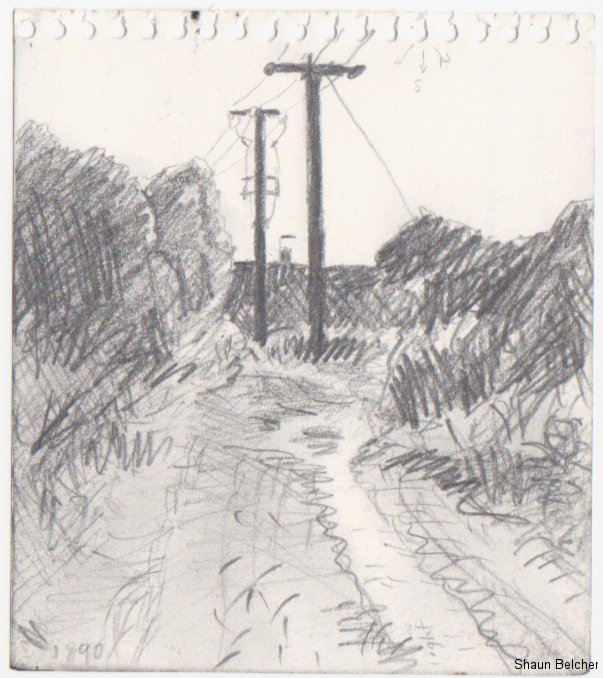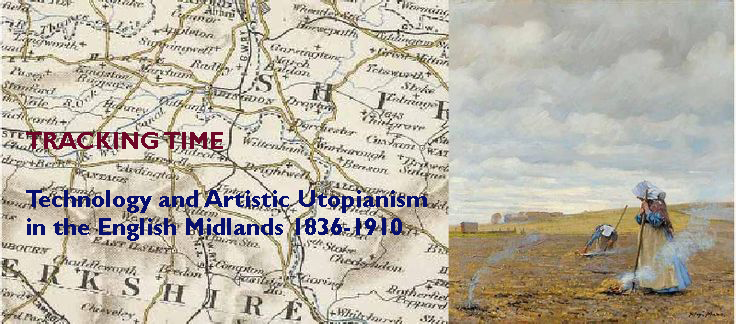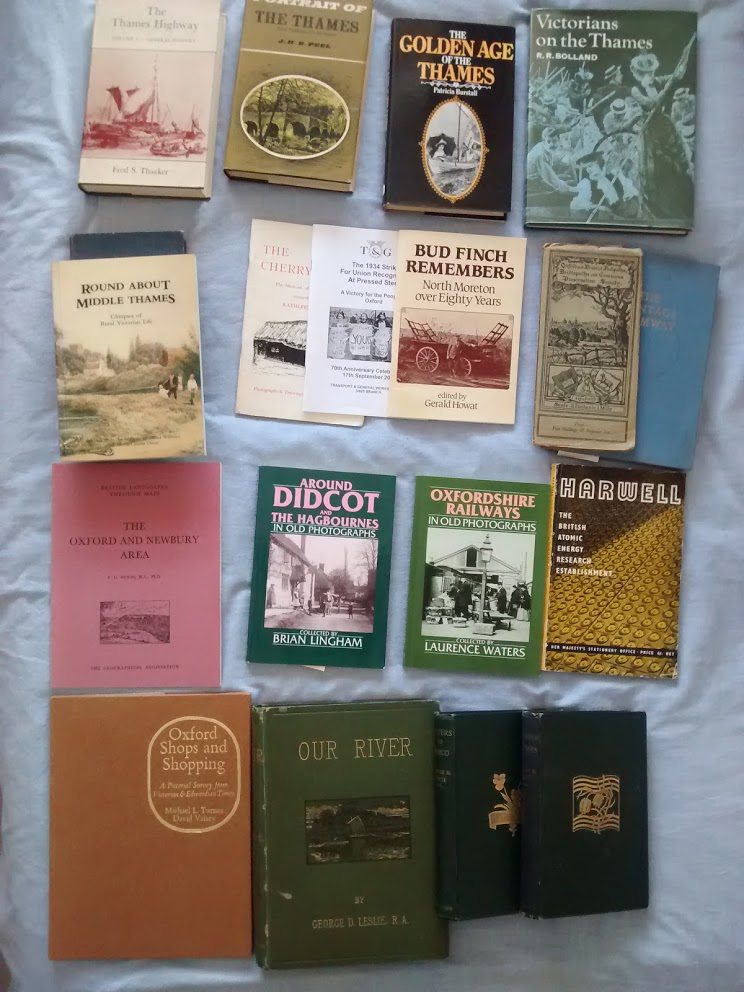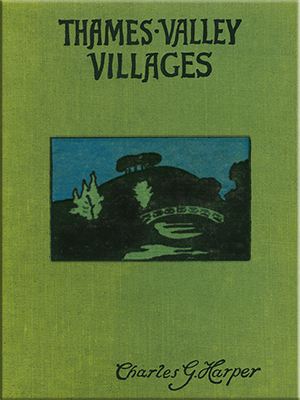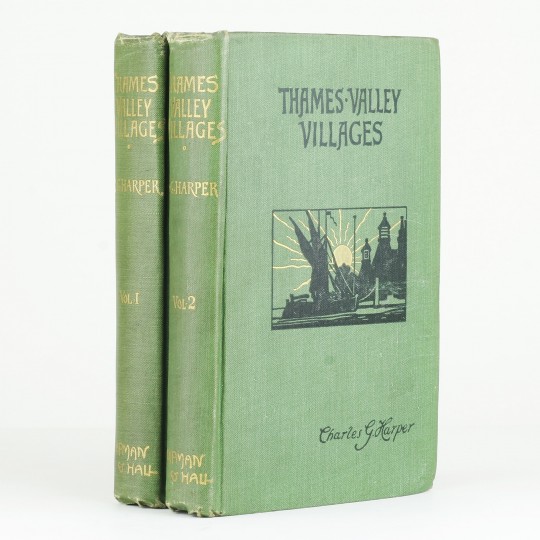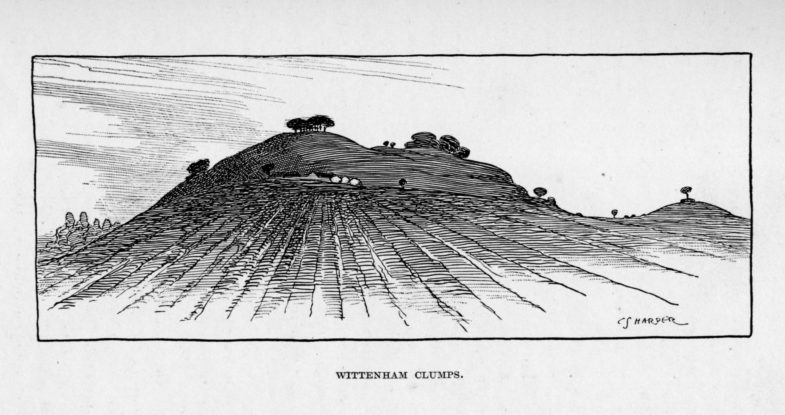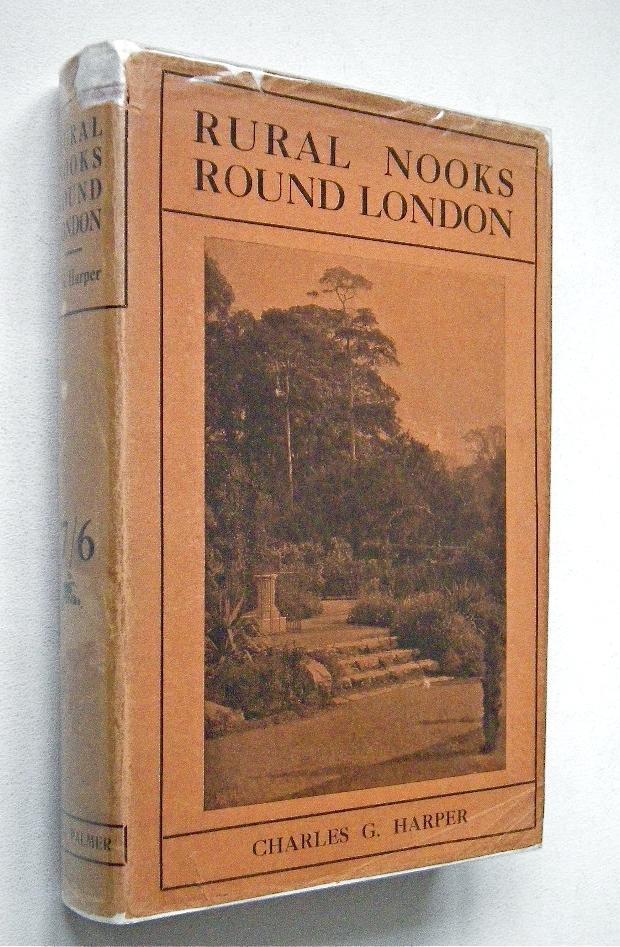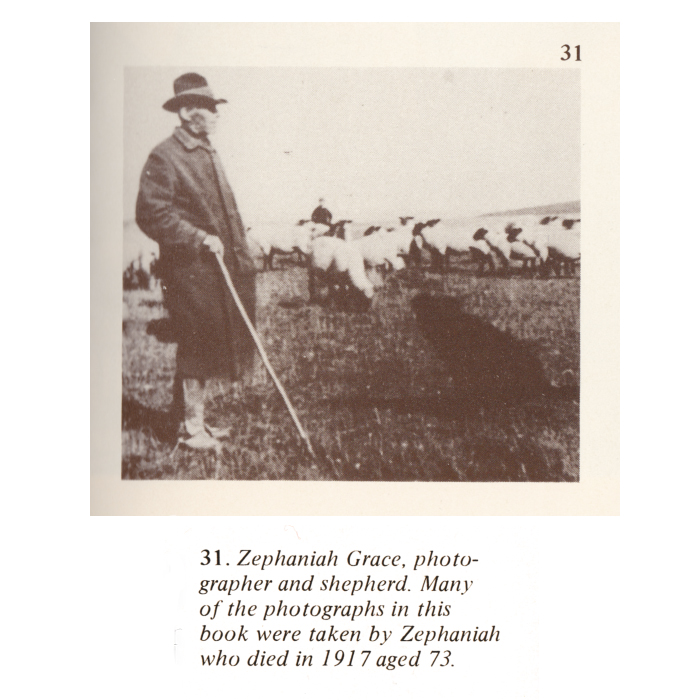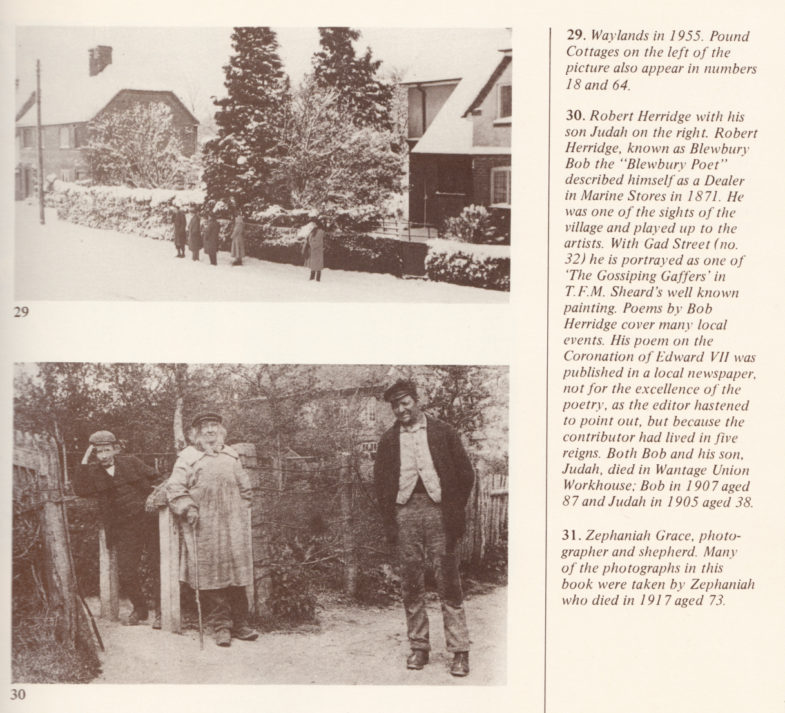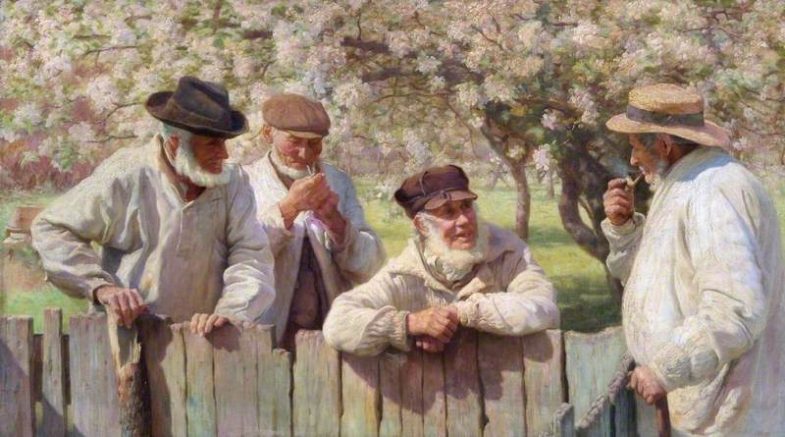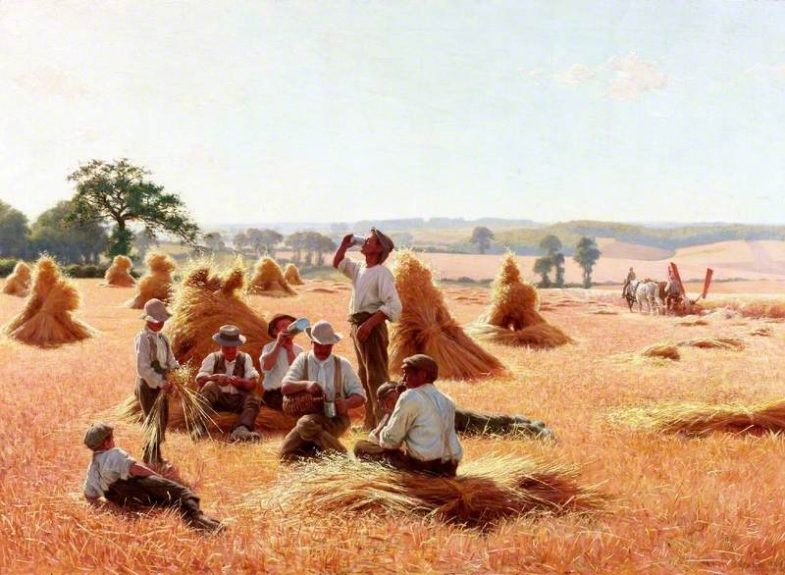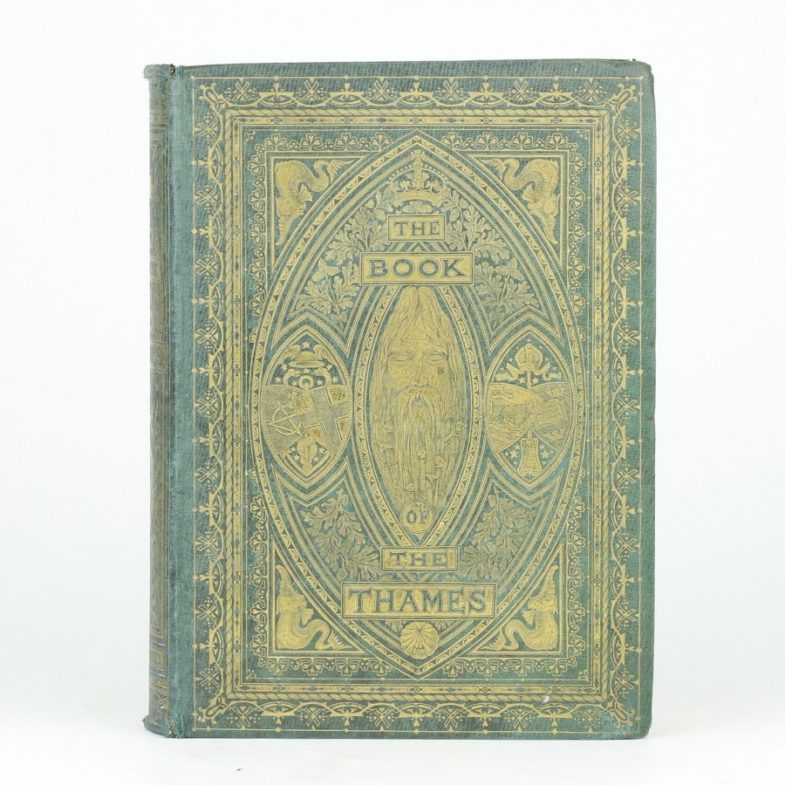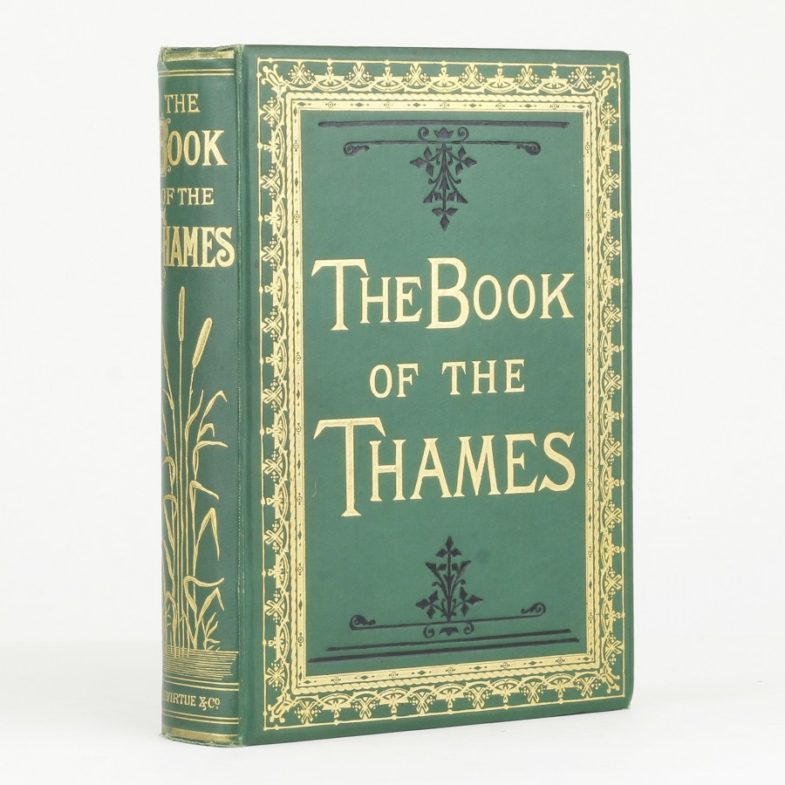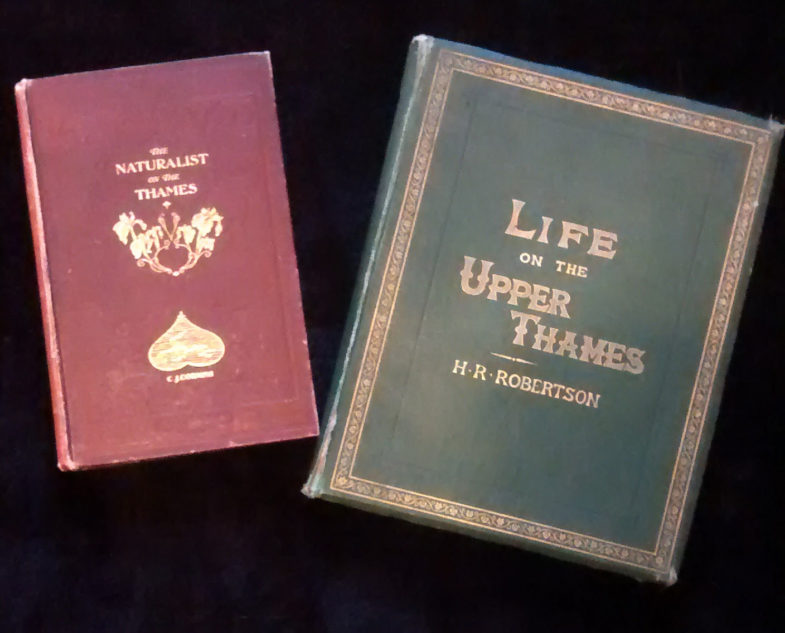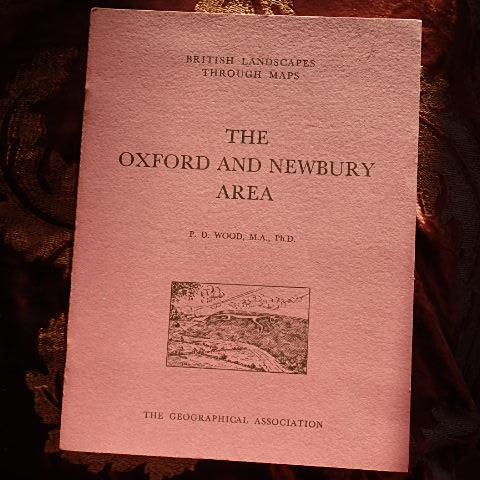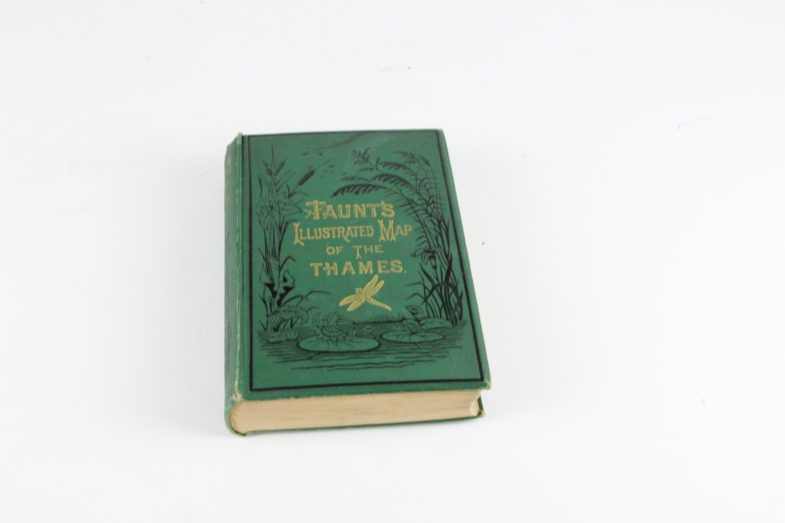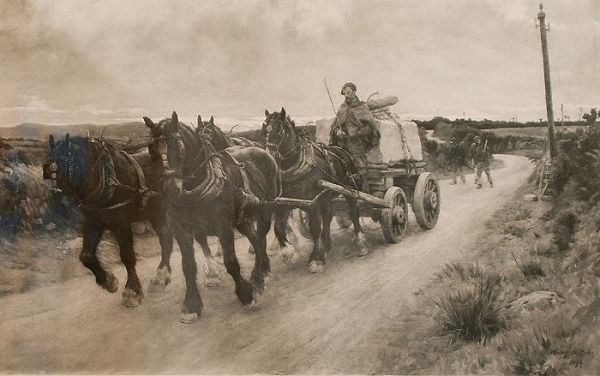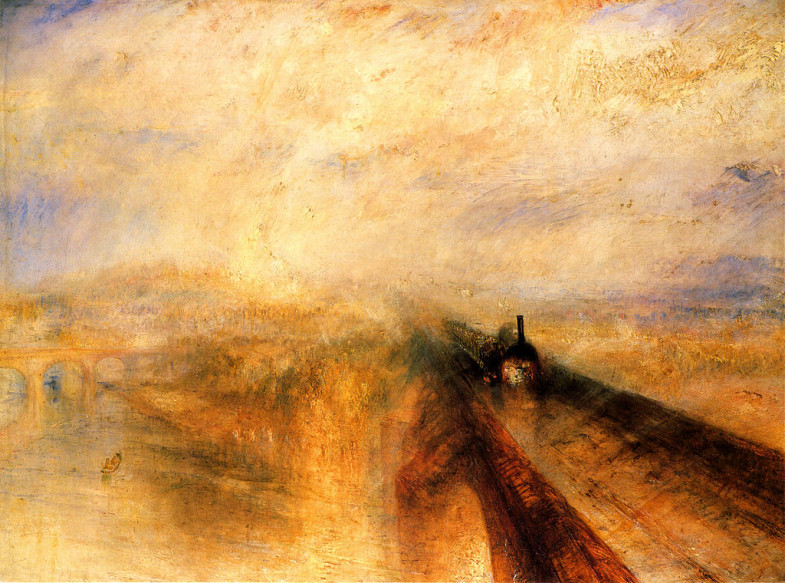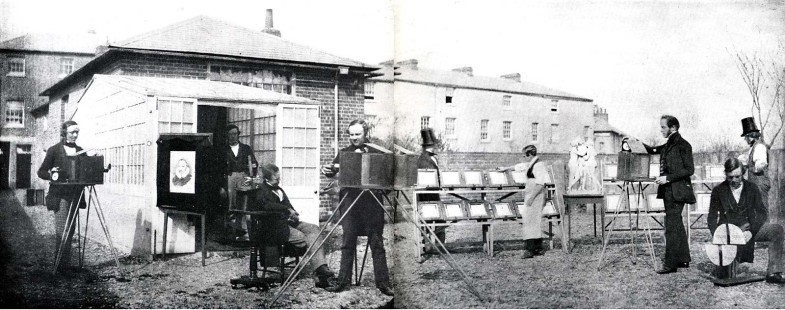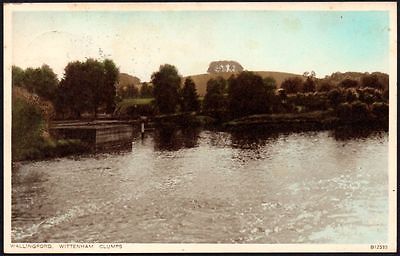
My recent poems around Track: Nottingham theme come from an original multimedia project from 2010 reborn….only this time poetry led…..
I am working on two books of poems drawing on local history in two locations…
The above Thames based one was called Backwater but probably be Track Part One now.
The second local to Nottingham and started with the three poems about Chaplin, Picasso and Lawrence.
Read James Walker on the project here:
https://thedigitalpilgrimage.wordpress.com/2018/07/23/track-nottingham-paper-boats-on-private-road/
The projects take individual ‘derives’ as the starting point for poems that literally ‘track’ individuals movement through urban and rural space and their inter-actions with the current technology to analyse how art and technology interact.
I hope in future to illustrate myself or use illustrators in a wider ‘Track: Nottingham’ book proposal.
So far I have written three poems about Picasso, Chaplin and D.H.Lawrence which rather neatly bookend three con-current aspects of modernity in Painting – Film – Literature.
I am interested in the relation between technology and how these individuals were enabled to move and in turn have their works ‘distributed’ by the new channels of literary and film distribution and their link to networks of travel especially the railway.
From my earliest poetry I have ought to ‘map’ these webs of inter-dependence and am grateful to Patrick Keiller and David Matless for some of the theoretical cultural geographical basis of this approach. This began with a an abandoned M.A. in multimedia in 2010.
No person is an island and no artist is independent of the tentacles of mass distribution and technological change.
My poetry is an attempt to map these hinterlands of change.
They are also stories about people and love and pain played out against 19th, 20th and 21st century backdrops.
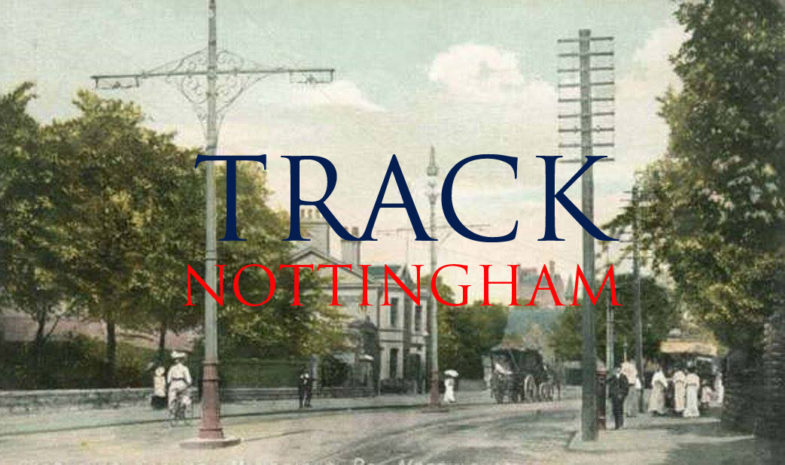
and the original Multimedia project from 2010
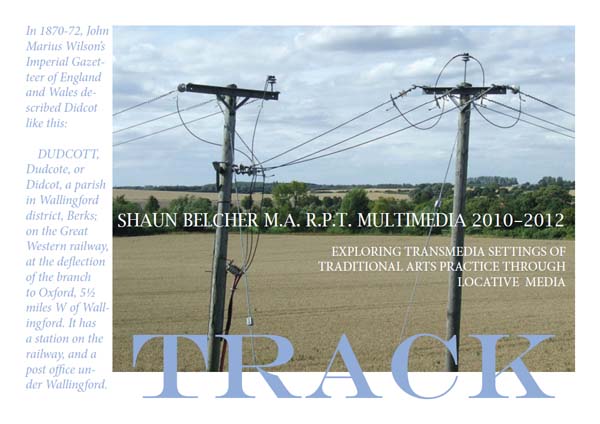
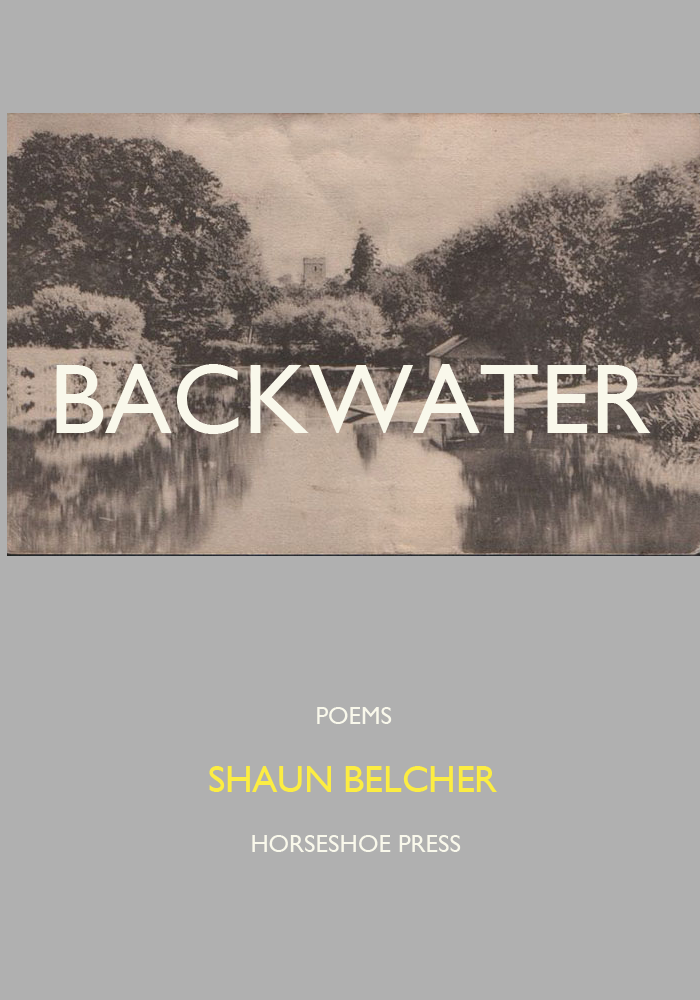
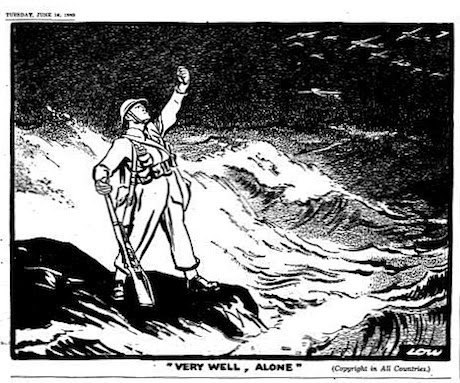
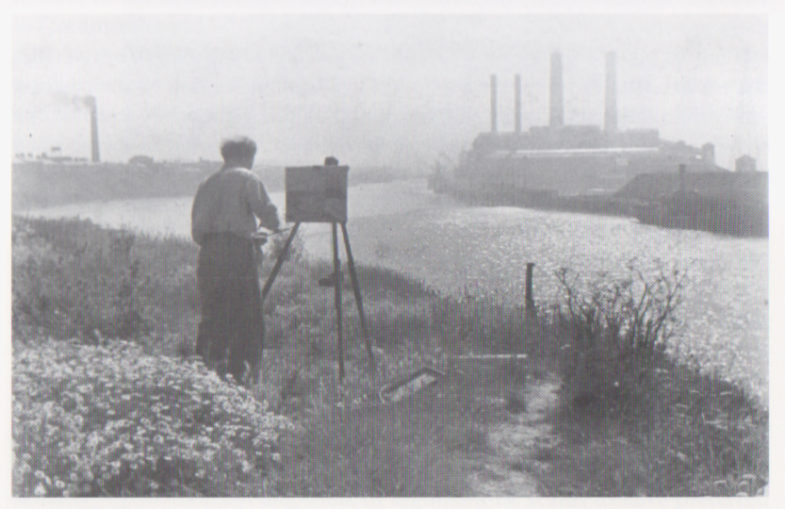 The painter Cyrill Mann painting the Trent and the
The painter Cyrill Mann painting the Trent and the 